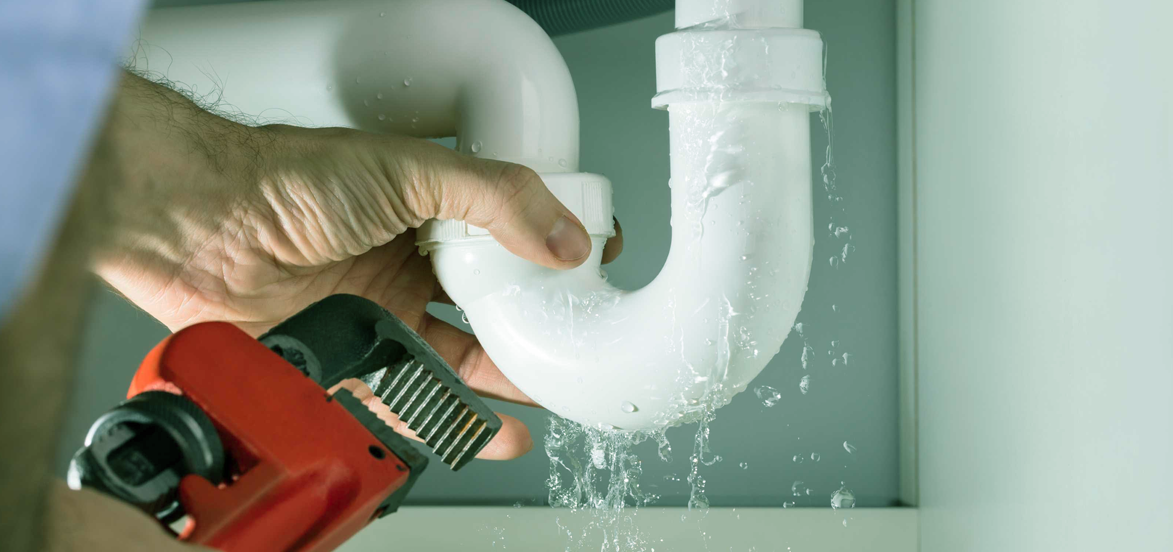Guide To Water Leakage Detection In Your Home
Guide To Water Leakage Detection In Your Home
Blog Article
On this page below you will find additional sensible help and advice pertaining to Locating water leaks.

Early detection of dripping water lines can alleviate a prospective catastrophe. Some little water leakages may not be noticeable.
1. Take A Look At the Water Meter
Every residence has a water meter. Examining it is a guaranteed manner in which assists you discover leaks. For starters, turn off all the water sources. Guarantee nobody will flush, use the tap, shower, run the washing machine or dish washer. From there, go to the meter and watch if it will alter. Given that no person is utilizing it, there must be no movements. If it moves, that suggests a fast-moving leak. If you discover no adjustments, wait a hr or 2 as well as examine back once more. This indicates you may have a slow-moving leakage that could also be below ground.
2. Check Water Intake
Analyze your water costs and also track your water intake. As the one paying it, you must see if there are any disparities. If you find sudden changes, regardless of your usage being the same, it suggests that you have leakages in your plumbing system. Bear in mind, your water bill ought to fall under the exact same array on a monthly basis. An unexpected spike in your expense shows a fast-moving leakage.
On the other hand, a consistent increase every month, despite the very same behaviors, shows you have a slow leak that's additionally gradually rising. Call a plumber to completely examine your building, specifically if you really feel a warm location on your floor with piping underneath.
3. Do a Food Coloring Test
When it involves water consumption, 30% originates from bathrooms. Examination to see if they are running effectively. Decrease flecks of food shade in the storage tank as well as wait 10 minutes. If the color in some way infiltrates your dish during that time without flushing, there's a leakage in between the storage tank and dish.
4. Asses Outside Lines
Do not forget to examine your outside water lines also. Ought to water leak out of the connection, you have a loosened rubber gasket. One tiny leak can throw away tons of water as well as increase your water bill.
5. Evaluate and Analyze the Circumstance
Home owners must make it a behavior to check under the sink counters and even inside cabinets for any kind of bad odor or mold growth. These two warnings show a leak so prompt interest is required. Doing regular inspections, also bi-annually, can save you from a major issue.
Check for stainings and damaging as the majority of devices and also pipes have a life expectations. If you suspect dripping water lines in your plumbing system, don't wait for it to escalate.
Early discovery of dripping water lines can mitigate a prospective disaster. Some tiny water leakages may not be noticeable. Checking it is a surefire means that aids you find leaks. One small leakage can waste heaps of water and surge your water bill.
If you believe dripping water lines in your plumbing system, don't wait for it to escalate.
WARNING SIGNS OF WATER LEAKAGE BEHIND THE WALL
PERSISTENT MUSTY ODORS
As water slowly drips from a leaky pipe inside the wall, flooring and sheetrock stay damp and develop an odor similar to wet cardboard. It generates a musty smell that can help you find hidden leaks.
MOLD IN UNUSUAL AREAS
Mold usually grows in wet areas like kitchens, baths and laundry rooms. If you spot the stuff on walls or baseboards in other rooms of the house, it’s a good indicator of undetected water leaks.
STAINS THAT GROW
When mold thrives around a leaky pipe, it sometimes takes hold on the inside surface of the affected wall. A growing stain on otherwise clean sheetrock is often your sign of a hidden plumbing problem.
PEELING OR BUBBLING WALLPAPER / PAINT
This clue is easy to miss in rooms that don’t get much use. When you see wallpaper separating along seams or paint bubbling or flaking off the wall, blame sheetrock that stays wet because of an undetected leak.
BUCKLED CEILINGS AND STAINED FLOORS
If ceilings or floors in bathrooms, kitchens or laundry areas develop structural problems, don’t rule out constant damp inside the walls. Wet sheetrock can affect adjacent framing, flooring and ceilings.
https://www.servicemasterbyzaba.com/blog/how-to-detect-water-leakage-in-walls/

As an enthusiastic reader on Hacks to detect leaks, I was thinking sharing that excerpt was valuable. Liked our piece of writing? Please share it. Help somebody else discover it. I treasure reading our article about Locating water leaks.
Report this page